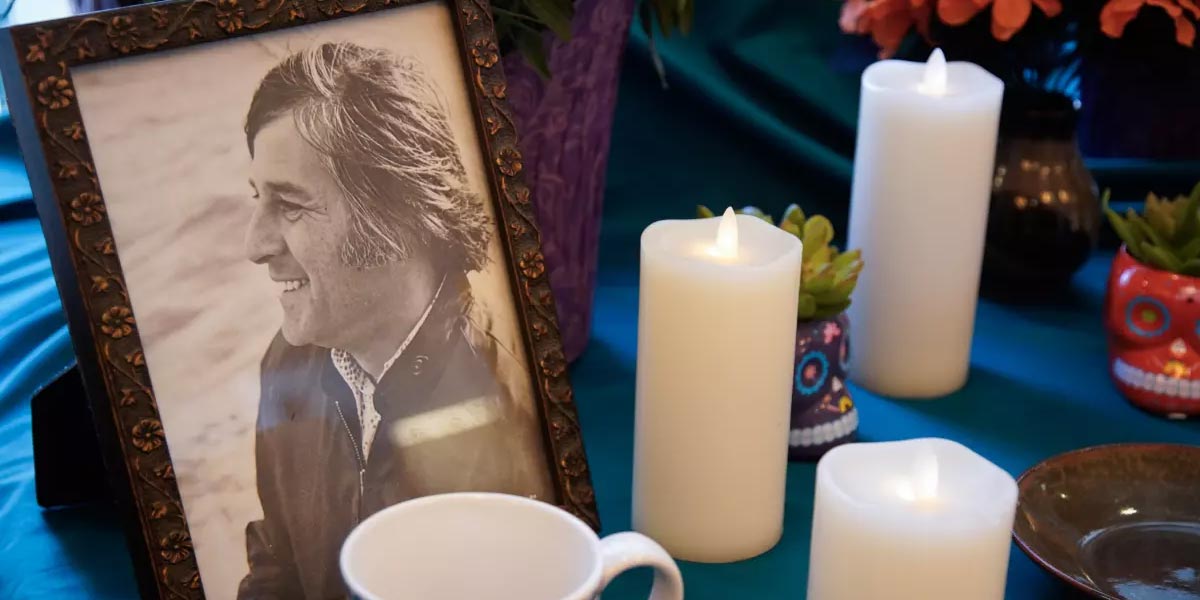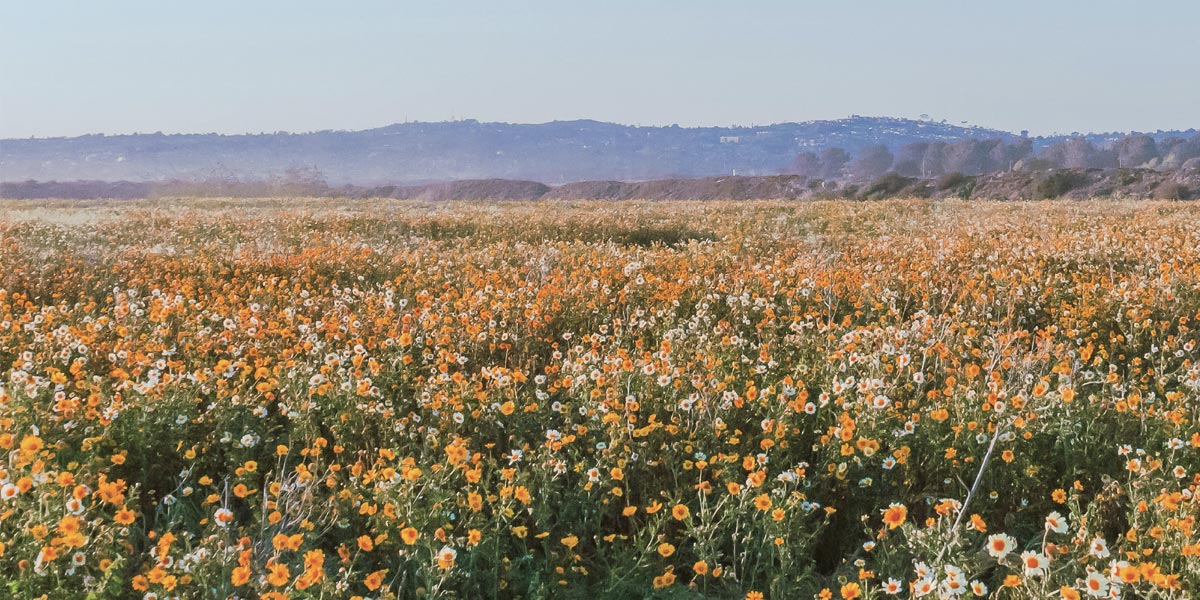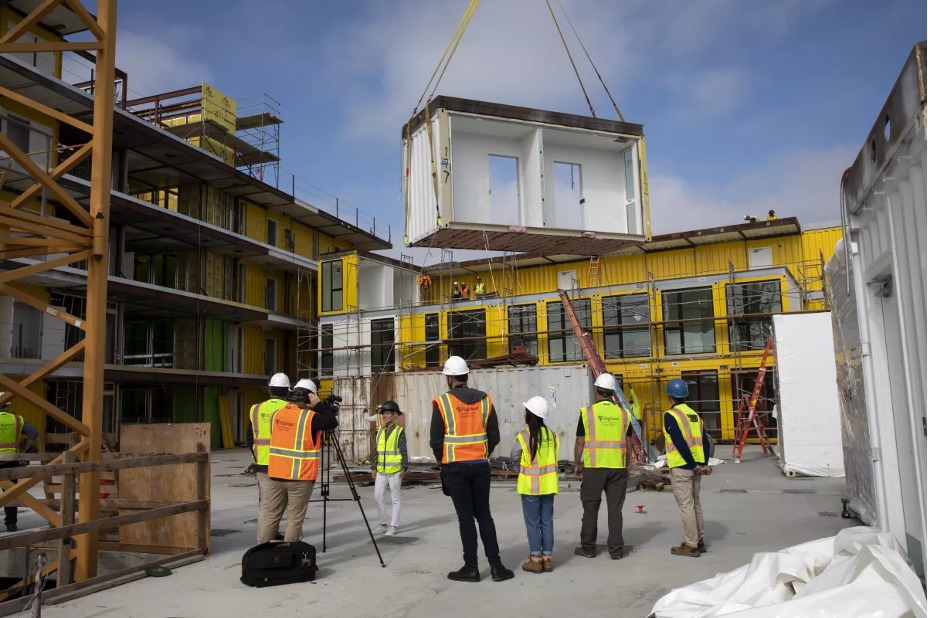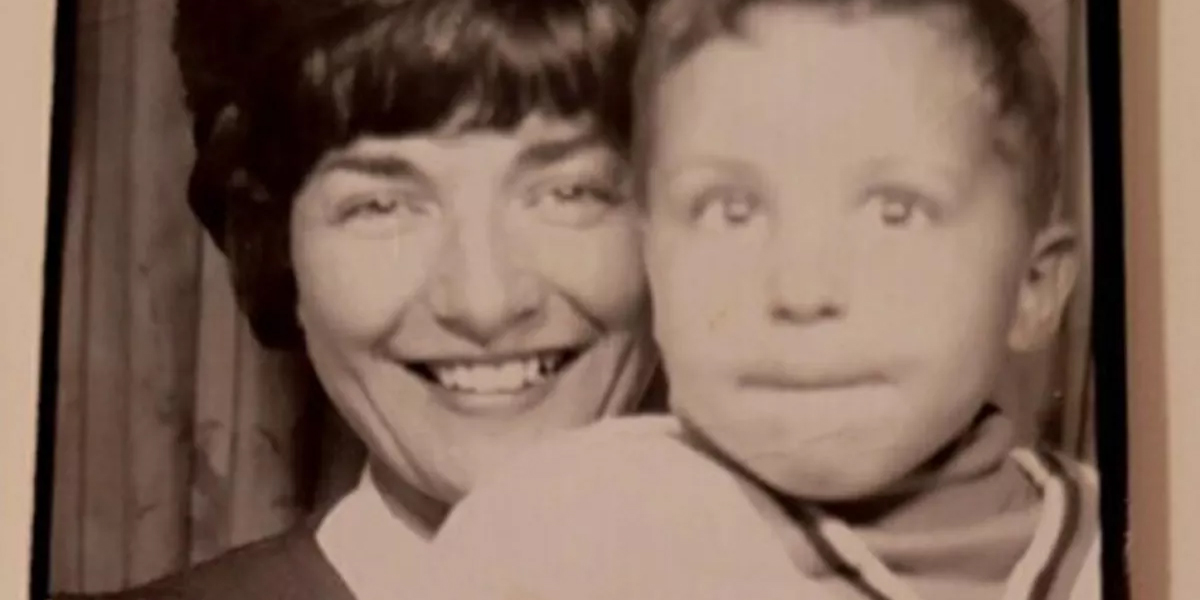Last month, I shared the wisdom of John Kobara, the soon-to-be retired chief operating officer of the California Community Foundation. John’s wisdom continues in a story he recently shared with me and other community foundation leaders.
One night, as the Kobaras were working on their respective laptops, John’s wife was surprised by a recent purchase he made on Amazon. When John asked, “What purchase are you talking about,” she replied, “You know, that purchase!”
John explained that he made many purchases through Amazon, sometimes just to satisfy his curiosity. With our interest highly piqued, John passed tiny baggies to all of us with an even tinier object inside. When he asked us what we thought it was, we guessed a seed of some type. John exclaimed, “Not any seed. This is the beginnings of a Giant Sequoia!”
All of us were astonished that a seed as small as grains of sand could become a Giant Sequoia.
Think about Giant Sequoias for a moment:
- They live up to 3,000 years old
- They are the Skyscrapers of the natural world
- They are the world’s largest living organism
- They never stop growing until the day they die
- They reproduce once every 20 years
What we learn from a tiny seed
How does this tiny seed become a natural wonder? Just like everything else in our world and in our community, a giant sequoia needs nurturing, protection and time.
The San Diego Foundation’s Environmental Initiatives have been doing just that in our biodiverse San Diego region for the past two decades. Through our Climate and Opening the Outdoors Programs, we have facilitated greater regional action to reduce climate pollution and catalyze outdoor engagement for children and families.
Working hand-in-hand with public officials and community partners, we have seen the impact of collaboration in the Climate Action Plans developed in our county and 17 of our 18 cities. These plans create the blueprint for how we are going to decrease carbon pollution from being released in our community, all while growing our local economy.
Looking Forward
Planning on how we are going to decrease the amount of pollution is only half of the solution. We need to remove pollution from our community, too!
The good news is we can remove carbon pollution from our air and beautify our region. We can support innovation and increase resiliency to the effects of climate change that we are already experiencing.
Building local carbon sequestering adaptation projects is our answer.
Local adaptation projects can be as simple as planting indigenous trees. Trees provide so many benefits like providing oxygen, cleaning our air, cooling our environment and beautifying our community. Other San Diego specific habitat projects can be developed, too. For example, we know that mangrove and eelgrass projects help sequester carbon.
Another favorite project that we can invest in are bioswales. Bioswales not only beautify an area with natural plants but will also help absorb water when we have increased rainfall due to climate change.
Even more exciting is that the market demand for these types of projects is growing.
We are seeing an increase in demand for local carbon sequestering adaptation projects from business, education and government sectors that know the value of protecting our natural resources like the airlines, our University of California system and San Diego County.
As we seek to understand how we can adapt and build a climate resilient community, The San Diego Foundation continues its commitment to invest in solutions and partners to end our climate crisis.
So how about a big resolution for 2020?
Consider starting with something small—a seed to plant, a resolution to keep, or an idea to work on with others that ensures the natural beauty of our region is here for all of us to enjoy and appreciate now and for generations to come.



